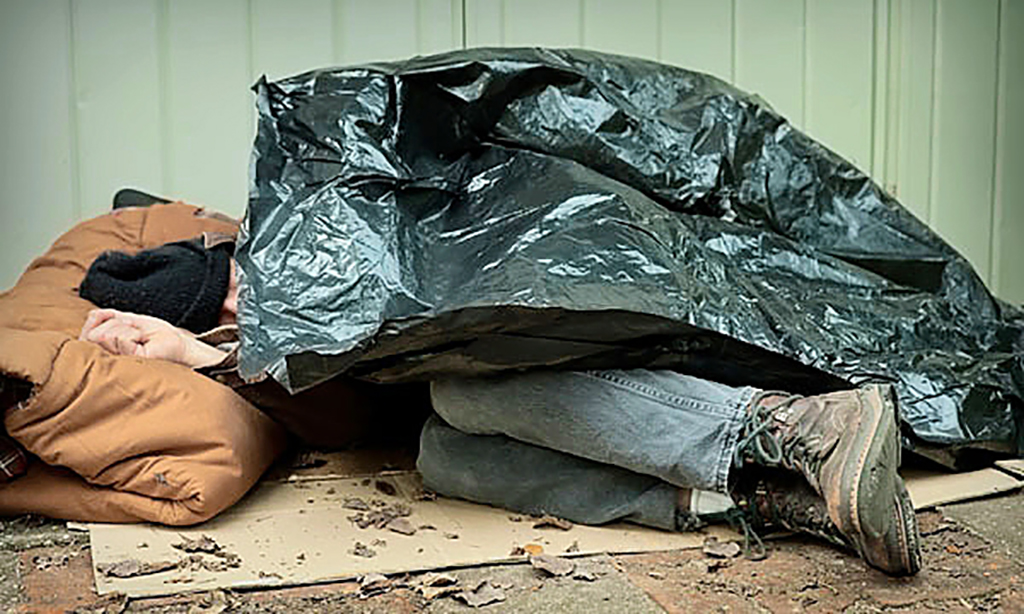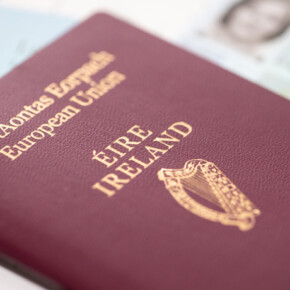The suffering of Anne Devlin
Dublin People 03 Oct 2014HAVING survived the torture inflicted by the soldiers who had raided Emmet’s headquarters, Anne Devlin returned home.
Her revolutionary activities, however, were far from over. After a short rest, Anne went to stay with her cousin, a sister of Michael Dwyer who was still in contact with the revolutionary movement.
A short time later, Anne received word from Robert Emmet asking her to meet him near Ballinascorney in the Dublin Mountains. The United Irishmen were to hold a council to decide what should be done next.
At great risk, Anne immediately left for the mountains, determined to continue her republican activities. After the council, Robert Emmet decided to return to Dublin in the hope that the French might still send an expedition to support a rebellion.
Other rebels decided to join Michael Dwyer in the Wicklow Mountains until another uprising could be organised.
Anne courageously smuggled Emmet back into Dublin where he had arranged a safe house at Palmers in Harold’s Cross. Anne was to remain his point of contact and so threw herself back into revolutionary activities. She also acted as messenger between Robert Emmet and his beloved Sarah Curran.
It wasn’t long, however, before the English began to suspect Anne again. After a Loyalist neighbour reported seeing Robert Emmet at the Devlin home, the local Yeomanry organised a night-time raid.
The entire family were arrested, except for Anne’s youngest sister who the soldiers missed as she slept.
Anne, her mother and father, two sisters and three brothers were taken prisoner. Anne’s youngest brother James, who was just nine, was gravely ill with smallpox and covered in painful blisters. This did not stop the Yeomanry dragging him from his sick bed and forcing him to march with his family from Rathfarnham to Dublin Castle. Such was the threat the Devlin family posed to English rule in Ireland. Throughout the long march to Dublin Castle the soldiers beat the prisoners and subjected them to humiliation. On entering Dublin Castle, Anne saw the informer Halpin, who had betrayed her father in 1798, standing with a British major called Sirr. Halpin was overheard telling the major:
“There go the greatest rebels in County Wicklow.
?
The family were separated and imprisoned in the tower of Dublin Castle. The English, under Major Sirr, now tried to break Anne Devlin, hoping to capture the republican leadership. First they tried interrogation but Anne refused to talk. Next they tried psychological torture, but again Anne refused to give in.
Finally, when all else failed, the English attempted to bribe Anne, offering her £500 for information on Robert Emmet. A defiant Anne Devlin laughed in their faces. Unable to break the Devlin family, the English were determined to keep them locked up for as long as possible. The family were imprisoned in Kilmainham Gaol, under the supervision of Superintendent Trevor. Trevor had taken a particular dislike to Anne and was determined to continue her torture. He had Anne locked up in solitary confinement in a dungeon cell, ordering that the door should never be opened.
Yet even through these dark days Anne found a friend. Mrs Dunn, a jailer’s wife, became a staunch support to Anne. At night she would secretly take Anne from her cell for a few hours’ comfort in her own home. This was a kindness Anne never forgot and later attributed it to the survival of her sanity.
Prison was hard on the Devlin family. Young James never recovered from the smallpox and died in Kilmainham. Anne’s health quickly deteriorated and she developed a lifelong affliction with Erysipelas.
Eventually Anne’s family were released one by one, but all suffered lasting effects from the torture inflicted on them. The English, however, refused to release Anne and continued to subject her to daily torture for her commitment to Ireland.
In 1806 a more liberal government came to power in England and ordered a release of the republican prisoners. Major Sirr and Trevor were determined that Anne should not be released and so removed her from Kilmainham to Dublin Castle, where the amnesty did not apply.
Yet thanks to the determined efforts of Mrs Hanlon, the wife of the castle jailer, who petitioned the authorities, Anne Devlin was eventually released from prison.
Anne Devlin is one of the most courageous women in Irish history, who suffered inhumane torture and imprisonment rather than betray her country’s cause. She deserves to be remembered today as a hero by all who hear her name.
?¢Daithà Ã? Riain is a Dublin-based historian with a specific interest in social history and the revolutionary period.











